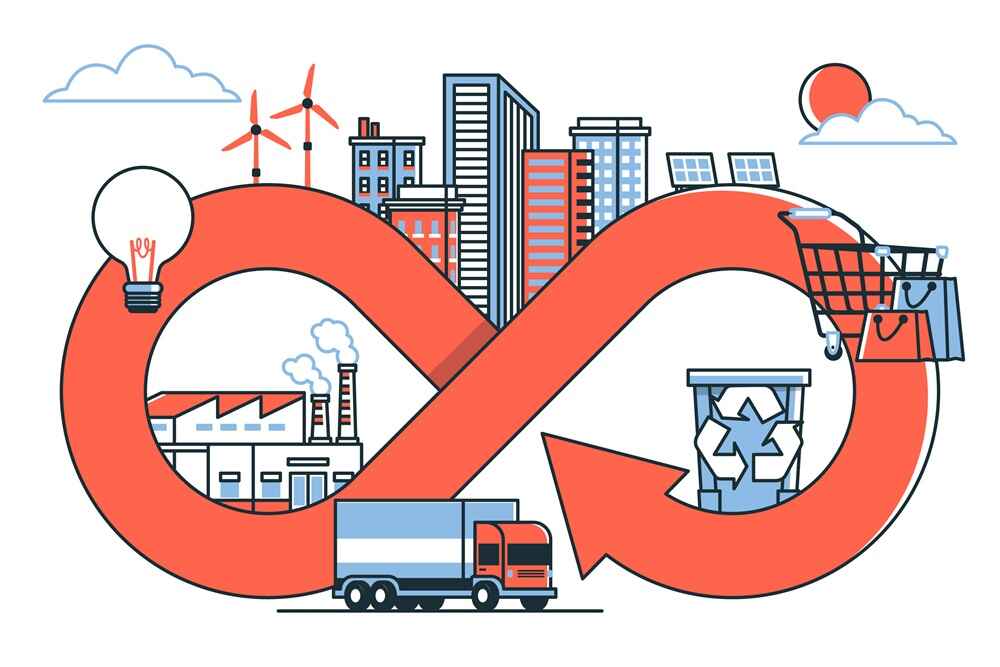
What Is Demand Forecasting & Why Does It Matter?
Demand forecasting is the process of predicting future customer demand for a product or service.


© 2024 Crivva - Business Promotion. All rights reserved.